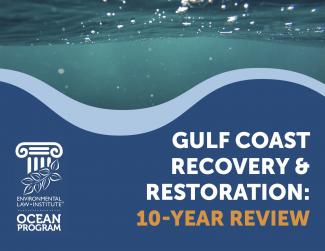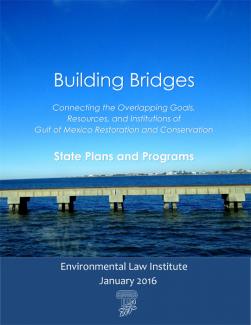Gulf Restoration and Recovery: 10 Year Review

Building upon last month's fact sheets, we have released more updated numbers analyzing how much of the $16.67 billion has been spent in the Gulf, and how much still remains in NRDA, RESTORE, and NFWF. This month's materials include more detailed breakdowns and updates about the status of restoration project funding through each of the three main federal processes, as well as updated information on how the public can engage in these processes. Visit our publications page to find more resources.


